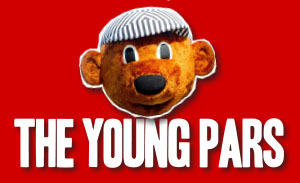Pars return to grassroots
Wednesday, 28th Jan 2015DAFC bowled over with new training facility at McKane Park as they leave Pitreavie

The Board of DAFC are absolutely delighted to announce that it has reached agreement with the Dunfermline Cricket Park Trustees for our playing squad to use McKane Park as its main grass training facility. As required, wet weather provision will continue to be sourced working alongside our existing partners.
The club will end its association with Pitreavie as from 31st January, and the new initial agreement at McKane Park will commence from 1 February 2015 until 30 April 2018. It will be reviewed annually thereafter.
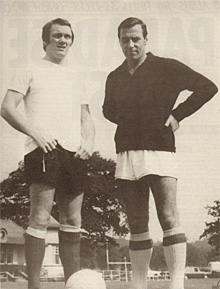
In turn, our club’s entire playing and back room staff will now be based back at East End Park, in the “undercroft” in the Norrie McCathie Stand. Extensive work has been carried out in this area in recent weeks to accommodate the move, and further details in this regard will be released shortly, along with a statement of thanks to everyone who has kindly assisted our club.
Dunfermline Athletic used McKane Park for training facilities in the 1960s.
Ross McArthur, Managing Director, DAFC expanded the story:-
“We are glad this matter has now been settled, and we can move forward with certainty and a greater degree of control. The last year has been challenging dealing with the complex and uncertain set of circumstances we faced at Pitreavie. We can now look forward and everyone has embraced the change, and it is both the belief of the board and the football management team that the move back to East End Park is a positive step, with all club staff working from the same location.
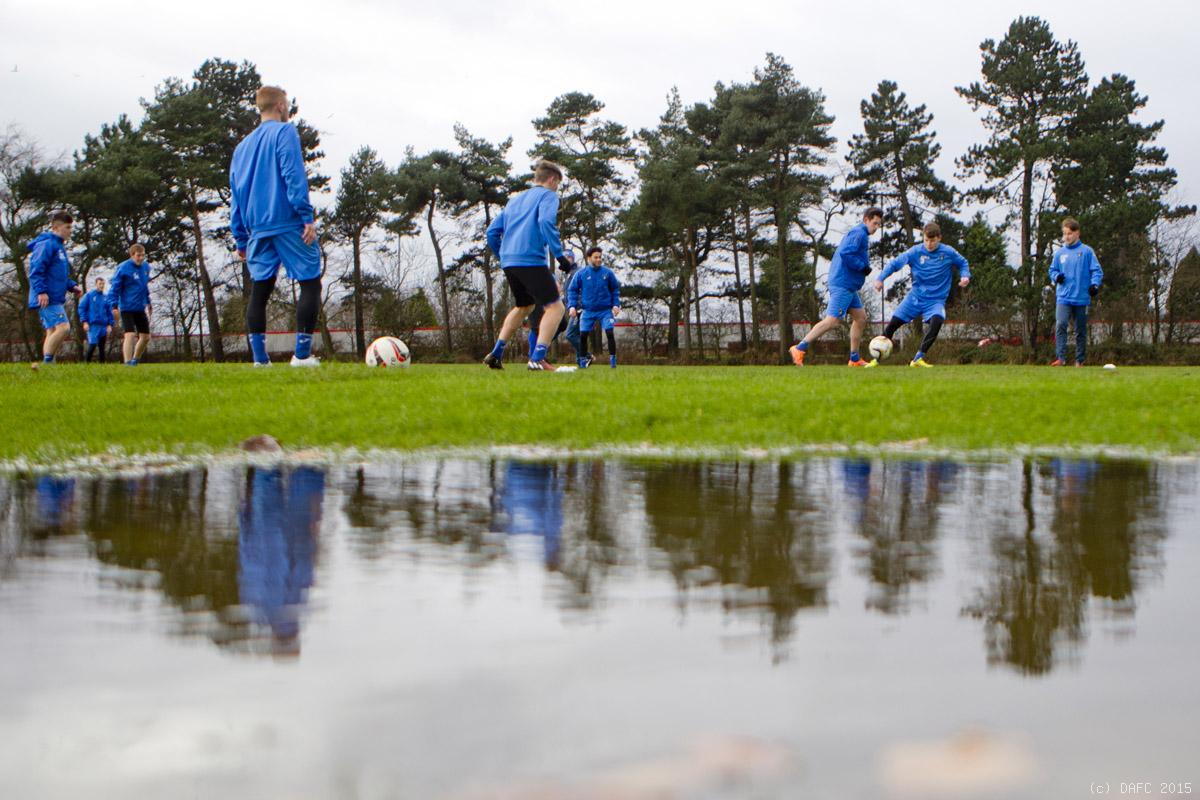
"Once we knew we had to move from Pitreavie, we looked at a number of alternative training facilities across West Fife to ensure we could secure the best possible location for our football staff. So many people assisted us during this process, particularly the staff at Fife Sports & Leisure Trust, who I would like to thank for their very patient support.
"Up until late last week we were on the point of securing another training facility, but then the Dunfermline Cricket Park Trustees approached us with an offer which was too good to turn down. In securing the best training facility, we had been conscious of the need for it to: be private; have good parking; be able to store our equipment; be close to East End Park; and ultimately for the area and quality of the surface to be right with good drainage. McKane Park ticks all of these boxes, and Willie and Kevin our ground staff are already familiar with the ground having cut the surface previously.
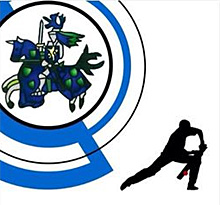
"Along with John Potter and Neil McCann, they are really enthused by the possibilities that exist to make it fit the training needs of our club. In return for use of the cricket area for training, DAFC will cut and maintain the grass on behalf of the cricket club utilising our ground staff, so we both benefit in this arrangement. More importantly, it is good for our community club to be working with the other sports clubs who are based at McKane Park, and share facilities and resource in the spirit of a proper partnership arrangement, particularly in the current economic climate.
"On behalf of our club I would like to thank all of the Dunfermline Cricket Park Trustees who agreed to make the arrangement happen so quickly, and on the reciprocal basis ultimately agreed. Their support is greatly appreciated”
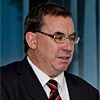
Eric Spreng, trustee and former chairman of the Dunfermline Cricket Park Trustees, stated ‘When it became apparent back in September that Dunfermline Athletic would in all likelihood be leaving Pitreavie, the trustees discussed informally the possibility of offering the club training facilities at McKane Park. However, we only raised it formally with the football club late last week and thankfully it did not take us long to reach an agreement, as it works so well for both parties.
When John McKane donated the ground to the trust in back 1906 it was principally for the playing of the game of cricket. However he did put a clause in the trust deed which allows for the playing of other outdoor sports, providing that the cricket is not comprised. There has been hockey and tennis played on the outfield in the past, and Dunfermline Rugby Club have had a 1st XV pitch there for several years now. Some time ago the football club used McKane for pre-season fitness training, but as far as I am aware this is the first time that such a formal arrangement has been put in place. Out with the weekends the ground normally lies empty during the day and it will be great to see it being used.
Virtually all of the trustees are Pars fans and we hope that John Potter and the rest of the lads will feel comfortable within these surroundings and can now kick on towards a push for promotion to the Championship at the end of the season. There is also good news for the trust because as part of the arrangement Dunfermline Athletic will assume responsibility for the maintenance of the cricket ground at McKane Park. The ground has not been looking at its sharpest in recent years due to a lack of manpower and equipment, but we are confident that the East End Park groundstaff will soon have it looking back at its best”.
McKane Park (or Lady’s Mill as it was formerly known) has always had a link with football in the town of Dunfermline, and for supporters information our Club Historian has kindly provided the background.
Basically football - the eleven-a-side association rules version - came to Scotland via Queen's Park who were the first club in Scotland and who went on a mission to establish football across Scotland in the early 1870s.
Dunfermline Cricket Club had been formed in 1857 and played their cricket at what was known as the Town Green, a park area on what was then the edge of town just behind Appin Crescent (and very close to East End Park). In 1874, David Brown, who was Secretary and Treasurer of the Cricket Club, became interested in this new sport of Association Football. His interest in the game blossomed after watching Queen’s Park play in Edinburgh. He returned home that evening with a newly purchased ball and a determination to do what he could for the association game in Dunfermline.
There was a football club in Dunfermline prior to this but they did not play under the Association Rules. Brown not only persuaded them to make that change, but also to join with the Cricket Club using the Town Green for the matches.
Dunfermline Football Club joined the SFA and played their first match against Heart of Midlothian in 1876. But while all of this was happening and the sport was becoming increasingly popular, Brown was having his work cut out convincing members of the Cricket Club to share their ground. Initially Brown had used the argument that it was a good way for cricketers to keep fit in the winter. But as the sport grew, the Cricket Club became more and more concerned. There were problems with damage to the pitch and with the consumption of alcohol and the Football Club was threatened with complete expulsion.

At the same time the Cricket Club were unhappy with their own facilities at the Town Green and managed to negotiate the lease of land at Lady's Mill (now McKane Park), opening their new clubhouse in 1879. From there the Football Club became ever more successful, winning the inaugural Fife Cup in 1883.
Crowds were on the increase too and in 1884 a record crowd of 2,000 watched Dunfermline play Cowdenbeath at Lady's Mill. In April 1885, the Cricket Club's concerns reached a peak and they passed a motion that, “no one be admitted a member of the football club unless he be a member of the cricket club”.
This was too much for members of the Football Club and they decided that they wanted to go it alone. On Tuesday 2nd June 1885, sixty rebel members of the Dunfermline Football Club met at the Old Inn and decided to form a new football club, Dunfermline Athletic. Despite the Cricket Club seeming to backtrack it was too late. DAFC took on a new lease of the Town Green and formed what was to become the first East End Park.
It was evident from the outset the DAFC had got the better of this situation and were much the better team on the park. Dunfermline Football Club continued to exist and a period of rivalry and acrimony began which was quite serious at times with both clubs seemingly doing their best to scupper the other and matches between the two marred by conflict both on and off the park.
However things turned bad for both clubs with the arrival of professional (paid) football in the 1890s. Neither club was able to compete and both decided to pack in their senior teams and become Juniors. This was initially more successful for Dunfermline FC who reached the Scottish Junior Cup Final in 1896. But the truth is that both were struggling.
DAFC reinstated senior football in 1899 and became much stronger by taking players from the local junior teams. One of those was Dunfermline FC and in the summer of 1901 Dunfermline Football Club ceased to exist, effectively ending football at Lady's Mill for good. In 1906, Dunfermline Rugby Club, which had been formed in 1893, played their first season at McKane Park.
Views : 7,946

